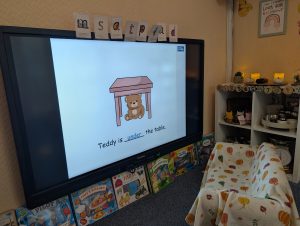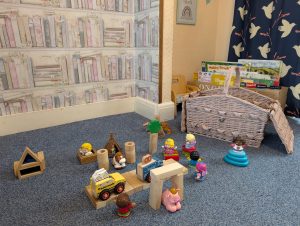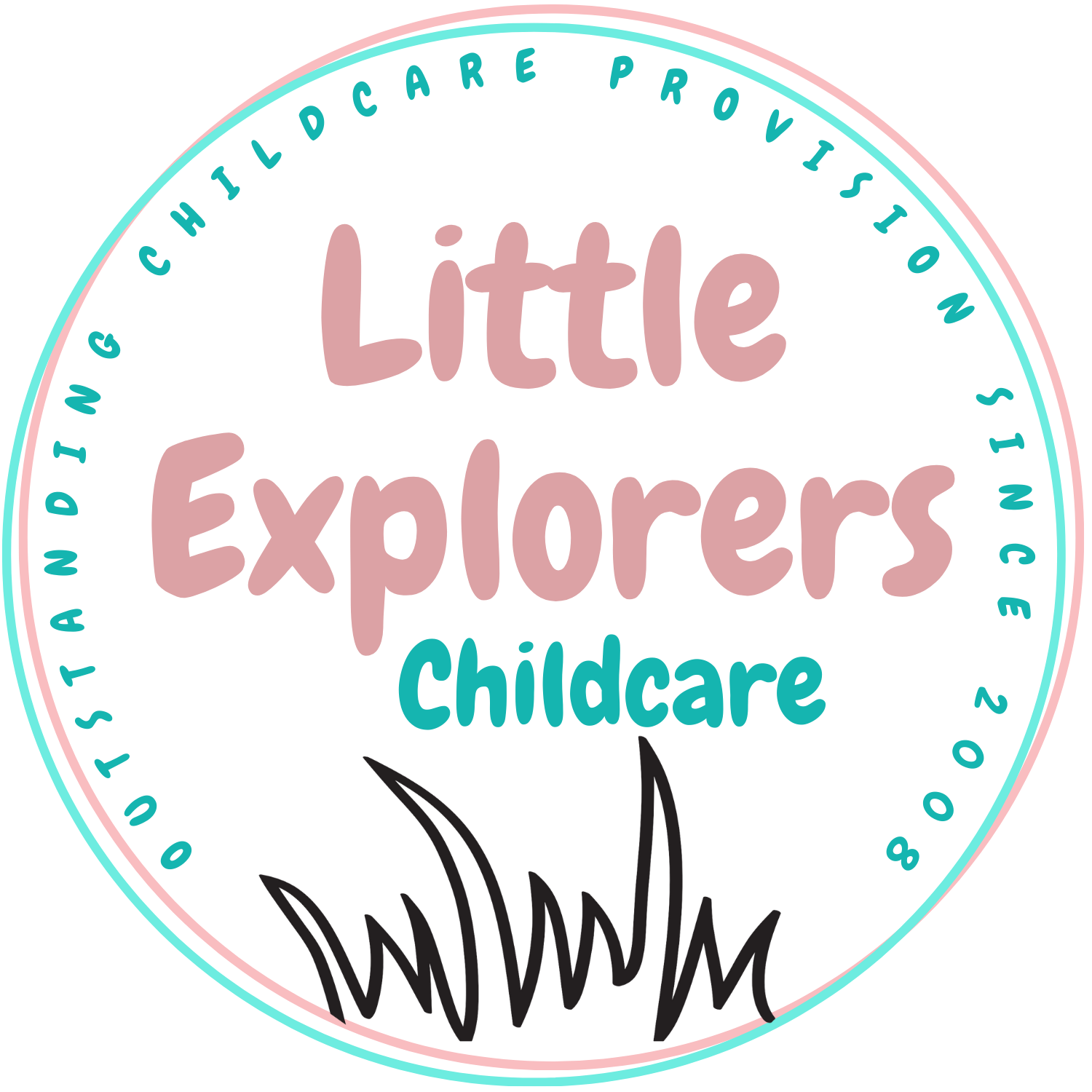- September 17, 2025
- Joanne Hall (Staff)
- 0
At Little Explorers, maths is not something that sits apart from play, it runs through the whole day. We see it when babies notice that one basket has more toys than another, or when toddlers delight in filling and emptying containers again and again. These are the first small curriculum steps, more and fewer, same and different, full and empty, and they are every bit as important as the more formal concepts our older children meet later on.
White Rose Maths
As children move into their nursery year, our approach becomes more structured. We use White Rose Maths, which is widely used in local schools, so our children are already familiar with the style and routines before they start Reception. That sense of continuity matters. It means that when they hear “Let’s learn!” on a slide, or see a teddy shown under or next to something, it feels exciting and familiar, not new and daunting . Our planning is prepared in collaboration with a qualified primary school teacher, which gives us the reassurance that every step is developmentally right, intentional, and part of a clear progression.
Intent, Implementation, Impact.
When we plan, we think carefully about intent, the exact step we want children to learn. For example, in one recent session the focus was on positional language. We wanted children to use the words under and next to confidently. With younger children, the intent was simpler: to experience those ideas in a more sensory way, lifting a blanket to see what’s underneath, or noticing when a toy is placed next to their cup at snack time.
Our implementation flows in a natural sequence. We begin with White Rose PowerPoint, which gives the concept a clear and simple introduction. Then we move to a adult-guided table activity, where children handle objects and practise new mathematical language directly. Finally, the learning is carried into play. What matters is that the words don’t stay on the PowerPoint, they become part of the children’s own language as they build bridges with blocks or play with cars and animals.
The impact is seen in the way children use these words outside the activity. A child might proudly announce, “My train is under the bridge,” or place an animal next to a tower when prompted. Younger children too begin to show their understanding too, responding when asked, “What’s under there?” or pointing when two objects are placed side by side. These are small moments, but together they show that intent has been clear, implementation has been consistent, and impact is real.
Curriculum
We know our curriculum is working not just because children can repeat words in a teaching session, but because they carry maths into their everyday lives. At tidy-up time, they say, “That goes under.” At meal times they notice which food piece is bigger or smaller. They compare towers with friends: “Mine tower is taller.”
Working in Partnership with Parents
Parents often tell us they hear the same language at home, and we support this by sharing short Tapestry or Baby’s Days videos so that families can join in with the same words and routines.
Reflection
Reflecting on this, what feels most important is that maths at Little Explorers is both structured and playful. Babies and toddlers are taking their very first steps with concepts like more and same, while older children are securing vocabulary through White Rose sessions that link directly into school. Every child is part of the same curriculum journey, just at the stage that’s right for them. And every day we see the joy and confidence that comes from children realising they can think mathematically about their world.


